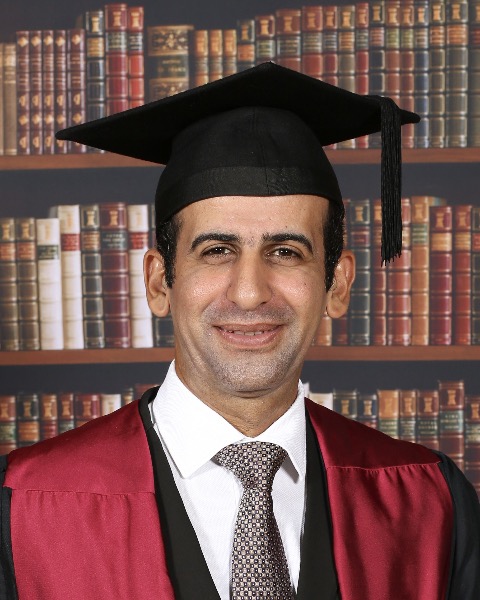Villavicencio - International Session
Is Reducing Treatment Time for Lower Limb Superficial Venous Thrombosis Safe?
Superficial venous thrombosis (SVT) has always been considered a benign condition, several studies have shown that during the first three months, recurrent thromboembolism may occur in high percentage of patients, with observed ‘’catch up ‘’ phenomenon with a high incidence of recurrence after the end of treatment
Both CALISTO and SURPRISE trials recommended Fondaparinux and Rivaroxaban for 45 days for patients with SVT >5cm in length which resulted in low incidence of VTE.
Our study aim is to evaluate safety of reduction in treatment time of SVT
Methods:
Prospective observational study of patients presenting with lower limb SVT confirmed with duplex ultrasonography for one year period. Our protocol is to administer weight adjusted therapeutic dose Dalteparin/Tinzaparin (WATD) for 14 days for patients presenting with SVT in the Great Saphenous Vein above the knee or anywhere in the Small Saphenous Vein. Weight adjusted prophylactic dose Dalteparin/Tinzaparin (WAPD) for 7 days was prescribed for patients with SVT in the GSV below the knee. Patients were also prescribed fitted class II graduated compression stocking when applicable. Follow up DUS was repeated at 14 days and patients with confirmed stationary SVT stopped the treatment. Patients with progressive SVT were followed up with serial DUS and treated till SVT was proven stationary. Patients with localized SVT below the knee were followed up clinically.
Results:
Over 24-month period, 326 patients presented with SVT, 190 patients fulfilled the inclusion criteria. We excluded patients with pre-existing active cancer, SVT following Varicose veins interventions, patients combined SVT and DVT presentation, patients already on anticoagulation and develop SVT.
The median duration of treatment for all patients was 14 days. The average duration of treatment for patients who received WAPD was 16.7 days while the average duration of treatment for patients who received WATD was 20.0 days.
Total DUS follow up scans was 532 with 81 patients requiring more than one follow up scan, none of these patients developed DVT or PE in the follow up.
Conclusions:
WAPD for below knee SVT and WATD for above knee SVT with close follow up guided by DUS findings led to significant reduction in days of treatment in comparison to other published protocols. Safety was not compromised as none of the patients developed VTE.

Ramez Shehata, Senior Clinical fellow
Registrar Vascular surgery
Countess of Chester Hospital
Chester, England, United Kingdom
